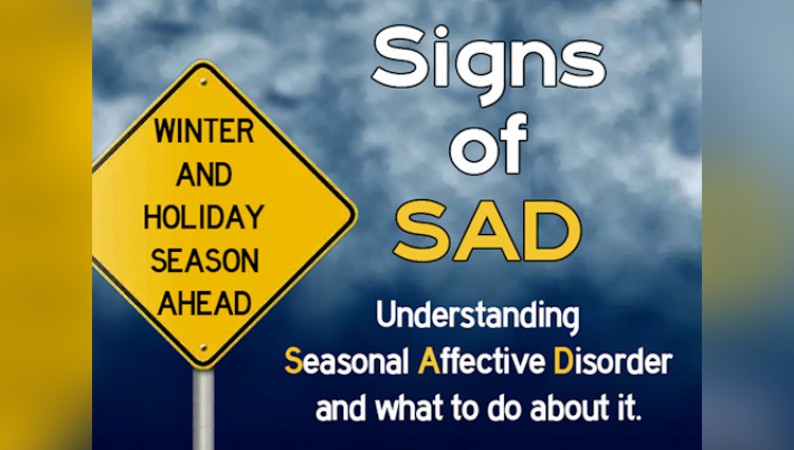
As the festive season approaches, the arrival of snowy nights and the anticipation of Christmas and New Year's Day bring joy and excitement to many. However, for some individuals, this time of the year marks the onset of a challenging period--Seasonal Affective Disorder (SAD). Picture this: a room filled with warmth and laughter, but only one person sitting in solitude. This feeling encapsulates the essence of SAD.
What is Seasonal Affective Disorder?
Seasonal Affective Disorder, aptly abbreviated as SAD, is a type of depression that typically occurs during the winter months when daylight becomes scarce. It is more than just feeling down or experiencing the "winter blues." SAD is a legitimate mental health condition that affects individuals cyclically, triggering symptoms of depression during specific seasons, most commonly in the fall and winter.
Identifying the Symptoms
Recognizing the signs of SAD is crucial for early intervention and support. Some common symptoms include:
Persistent Low Mood: Feeling consistently low, sad, or hopeless.
Fatigue and Lethargy: Experiencing a lack of energy, feeling sluggish, and having difficulty concentrating.
Social Withdrawal: Preferring isolation and avoiding social interactions.
Changes in Sleep Patterns: Sleeping too much or experiencing insomnia.
Appetite Changes: Increased cravings for carbohydrates and weight gain.
Loss of Interest: Losing interest in activities once enjoyed.
Understanding the Causes
The precise cause of SAD remains unclear, but several factors contribute to its development. Reduced exposure to sunlight during shorter winter days disrupts the body's internal clock (circadian rhythm) and affects serotonin and melatonin levels, neurotransmitters responsible for regulating mood and sleep.
Managing Seasonal Affective Disorder
While SAD can be challenging, various strategies can alleviate its impact:
Light Therapy: Lightboxes emitting artificial light that mimics natural sunlight can help regulate mood.
Spending Time Outdoors: Even on cloudy days, being outside and exposed to natural light can be beneficial.
Regular Exercise: Engaging in physical activity boosts mood and energy levels.
Healthy Eating Habits: Consuming a balanced diet rich in fruits, vegetables, and lean proteins supports overall well-being.
Seeking Support: Talking to a therapist or counselor can provide coping mechanisms and emotional support.
Seasonal Affective Disorder affects numerous individuals worldwide, significantly impacting their quality of life during specific times of the year. Recognizing the symptoms, understanding its causes, and adopting coping strategies are crucial steps towards managing SAD. If you or someone you know experiences these symptoms, seeking professional help is essential to navigate through this challenging period and regain a sense of well-being and joy during the winter months.
Consuming Ghee on Empty Stomach: Understanding Its Health Benefits and Beyond
World AIDS Day 2023: Addressing Challenges in the Fight Against HIV/AIDS